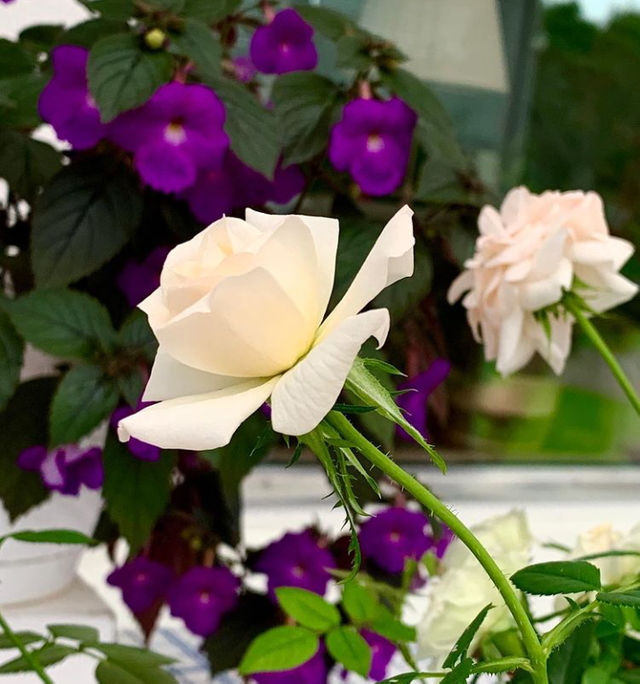Flowers' importance in nature is everywhere—they can feed insects, birds, animals and humans; provide natural medicines for humans and some animals; and aid in a plant’s reproduction by enticing outside pollinators. Without flowers, plants would merely be green, and the world
REPRODUCTIVE AIDS
The main purpose of flowers is to aid in plant reproduction. Flowers provide an eye-catching attribute to an otherwise plain, green-leaved plant. When insects, birds and some bats dip down to take a look at the flower and steal its nectar, they are inadvertently pollinating the plants by moving pollen or plant sperm from the male stamens to the female pistils.
There are a variety of insects that feast on the nectar of flowers, but the most notable ones are bees, wasps, ants and butterflies. Because these flowers rely on an outward source to pollinate them, some plants have evolved to make themselves even more attractive to their pollinators
FOOD SOURCE FOR HUMAN
Rose petals have been used in cooking and teas for centuries, as have day lilies, dandelions, carnations, clovers and daisies. Citrus and banana flowers can also be a food source. The blossoms from chives, garlic, basil, jasmine, lavender, oregano and sage can be used as herbs and spices in food dishes. Other flowers, such as mint, chamomile, ginger and Angelica, can be used in teas.
FOOD SOURCE FOR ANIMAL
Deer and rabbits are the biggest flower predators in the animal kingdom. Geraniums and pansies are the first to be eaten, as are flowering vegetables. Raccoons, skunks and groundhogs also nibble on flowers from time to time.
MEDICAL AIDS
Many flowers have medicinal uses, such as begonia for eliminating toxins in the body, and calendula, sunflower and honeysuckle for treating sore throats and tonsillitis. Cornflower can be used to treat acne, while valerian and California poppy relieve menstrual cramps. Cats even use flowers to cause vomiting and thus eliminate stomach distress.
